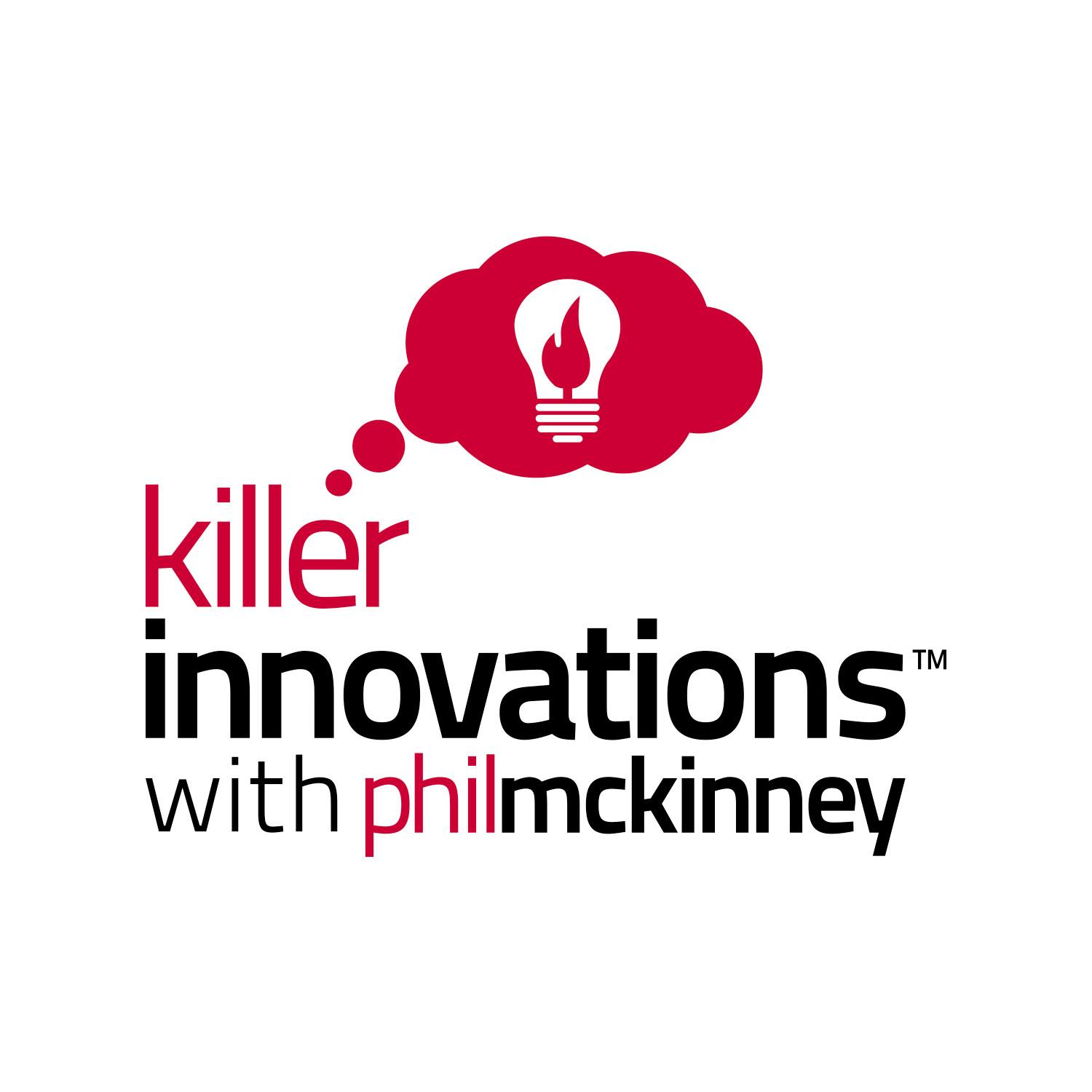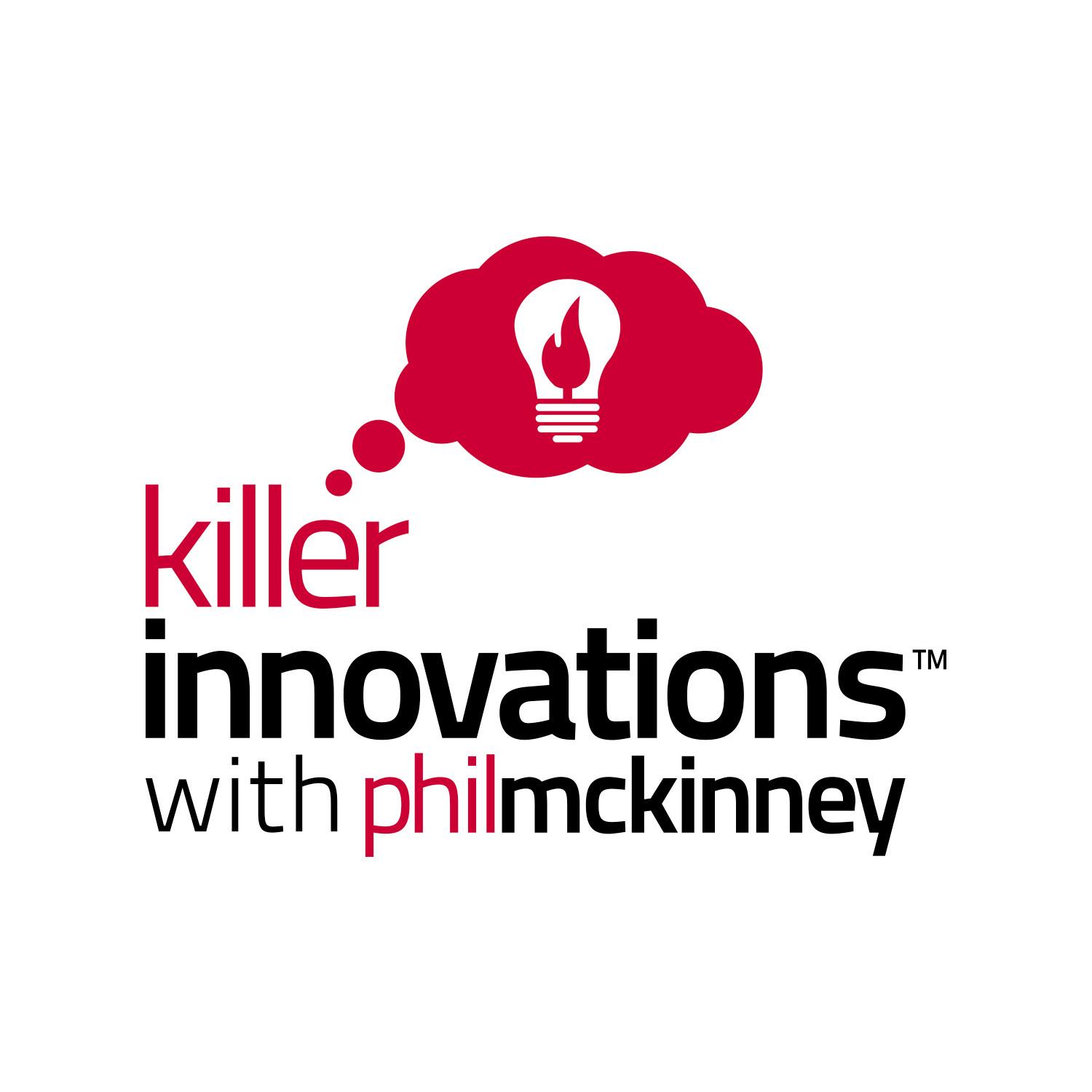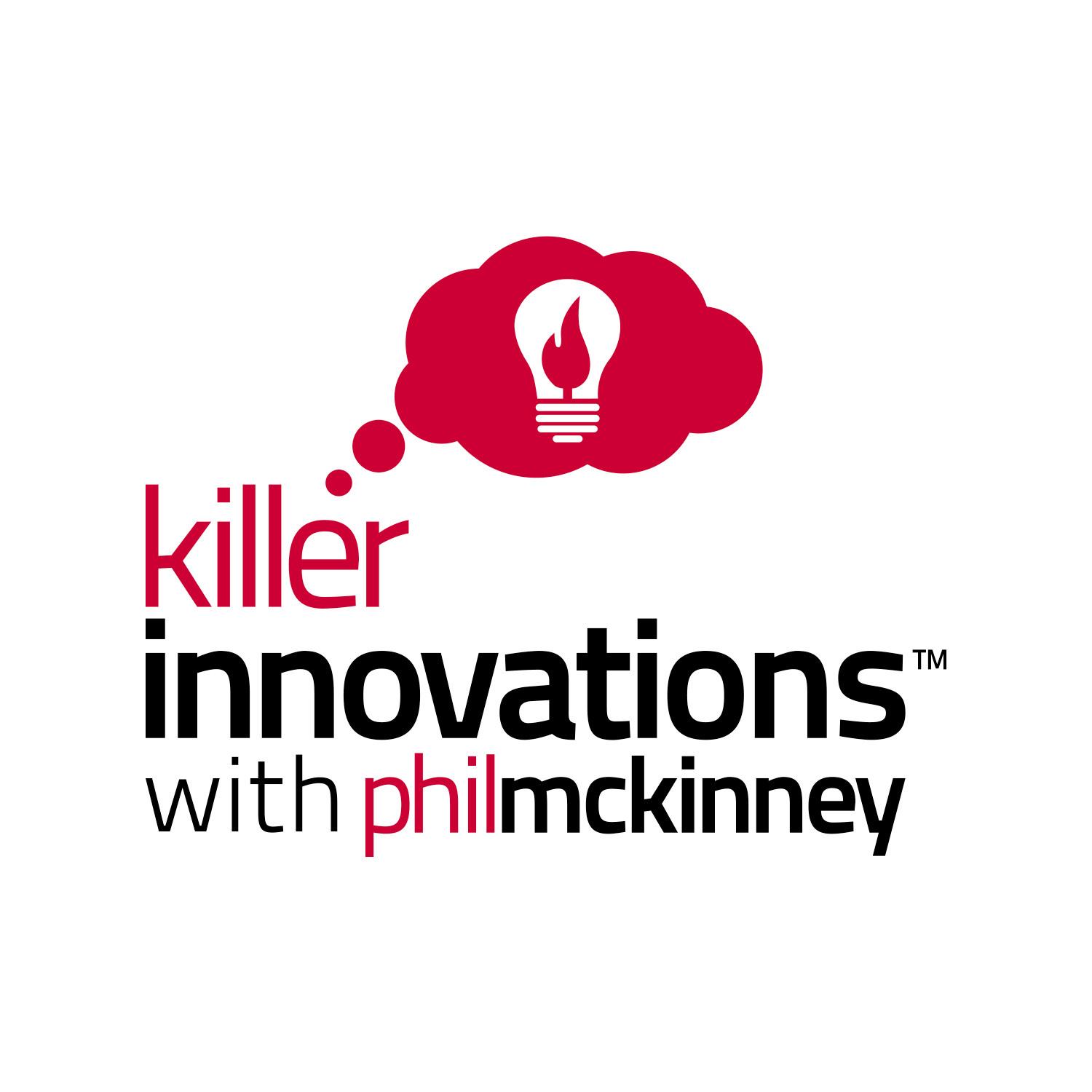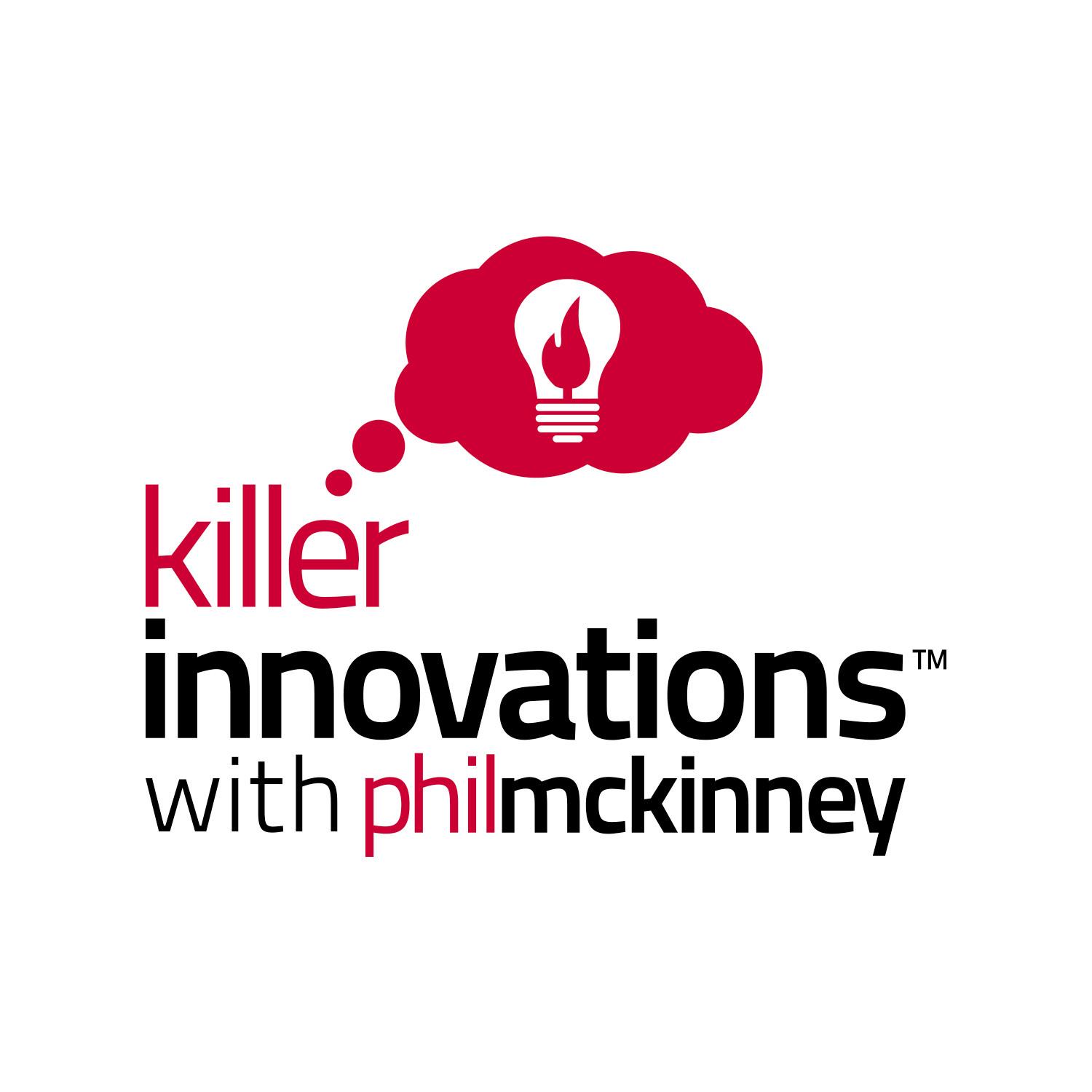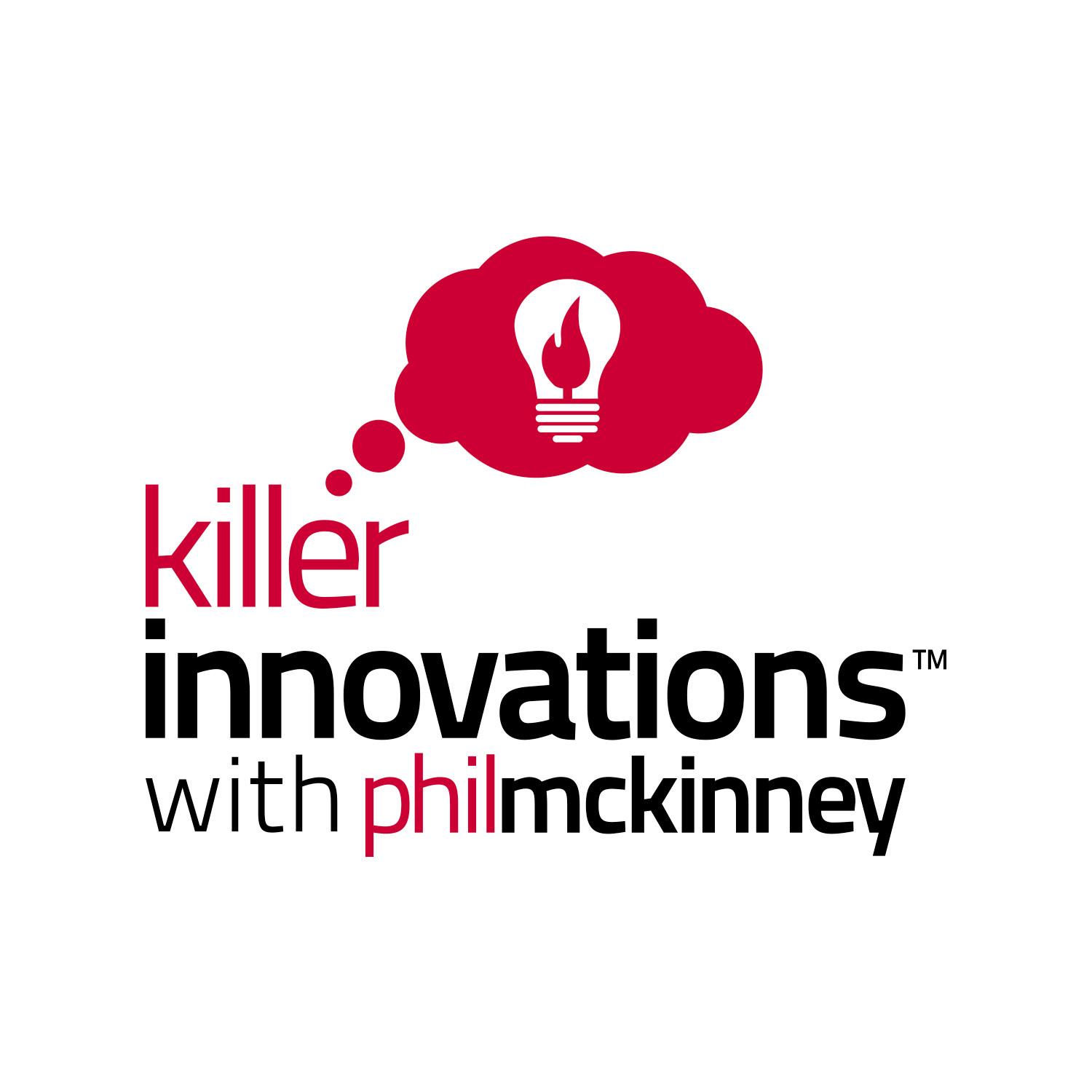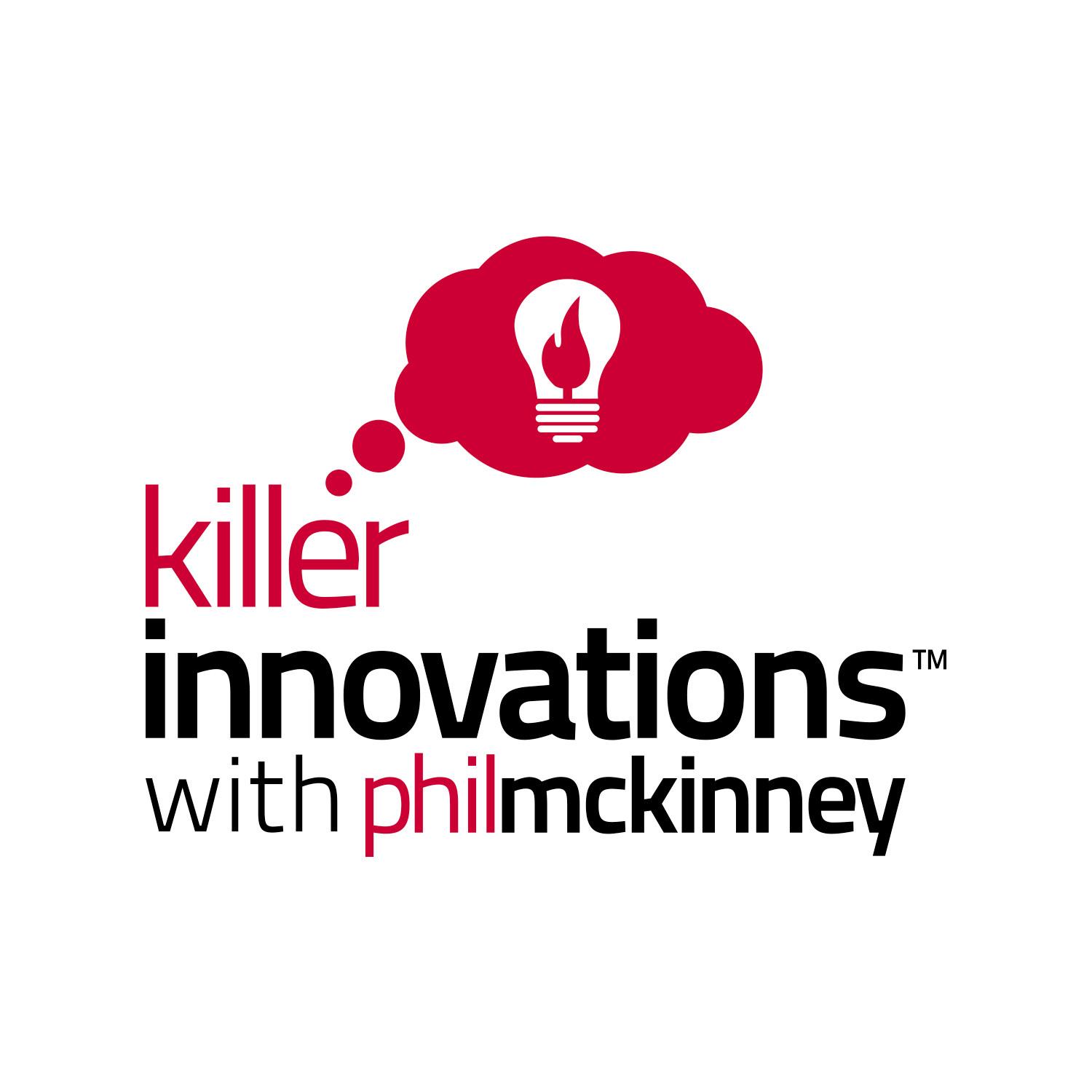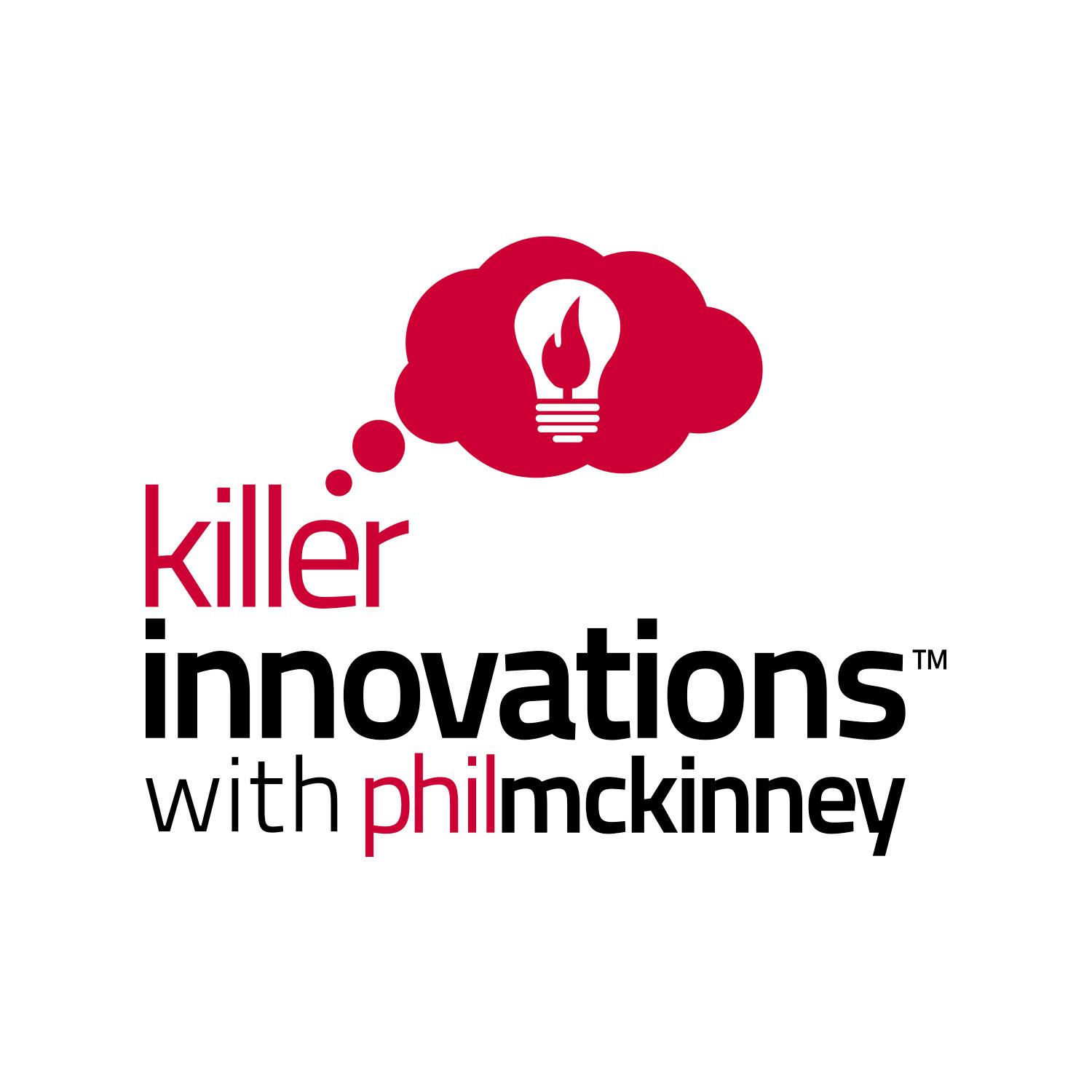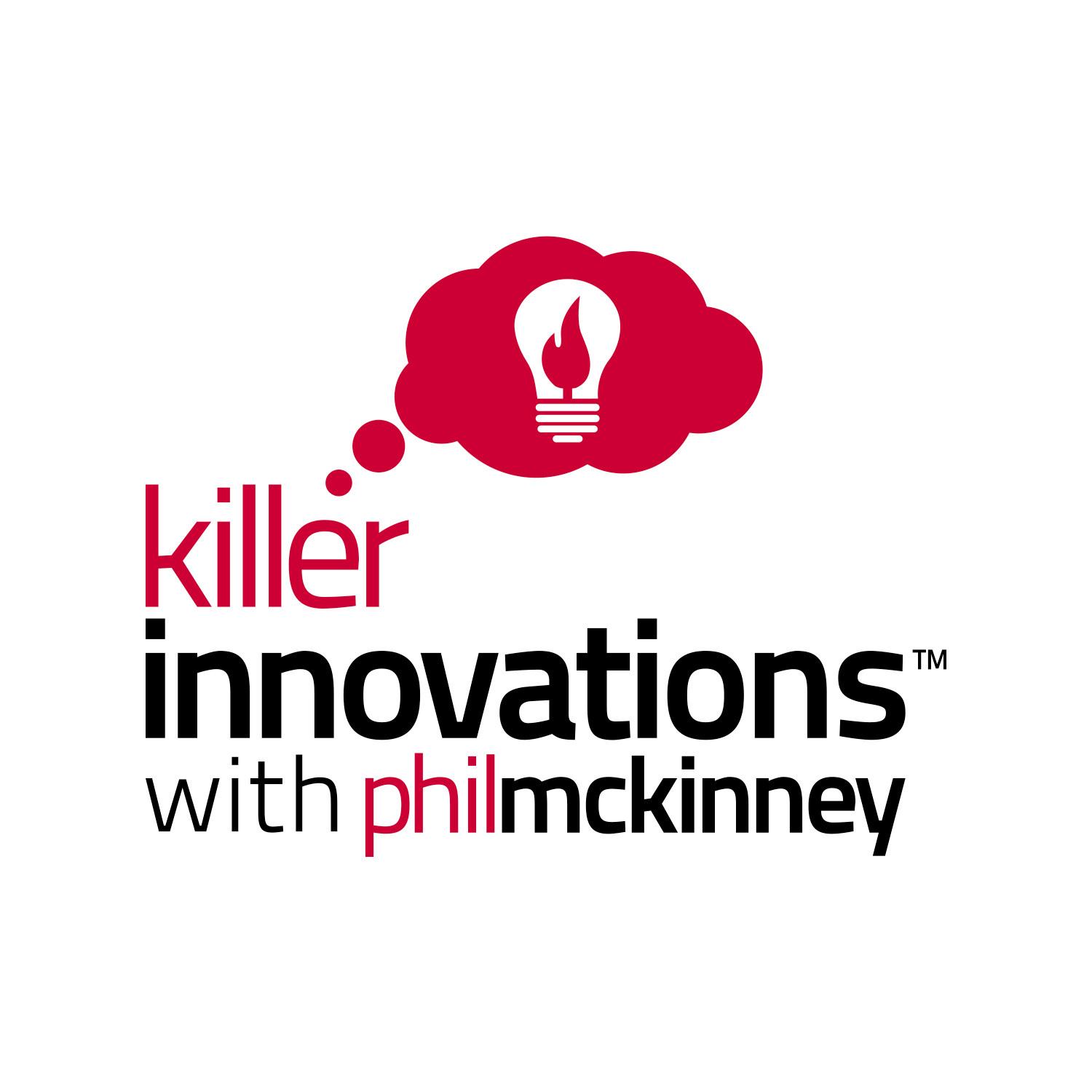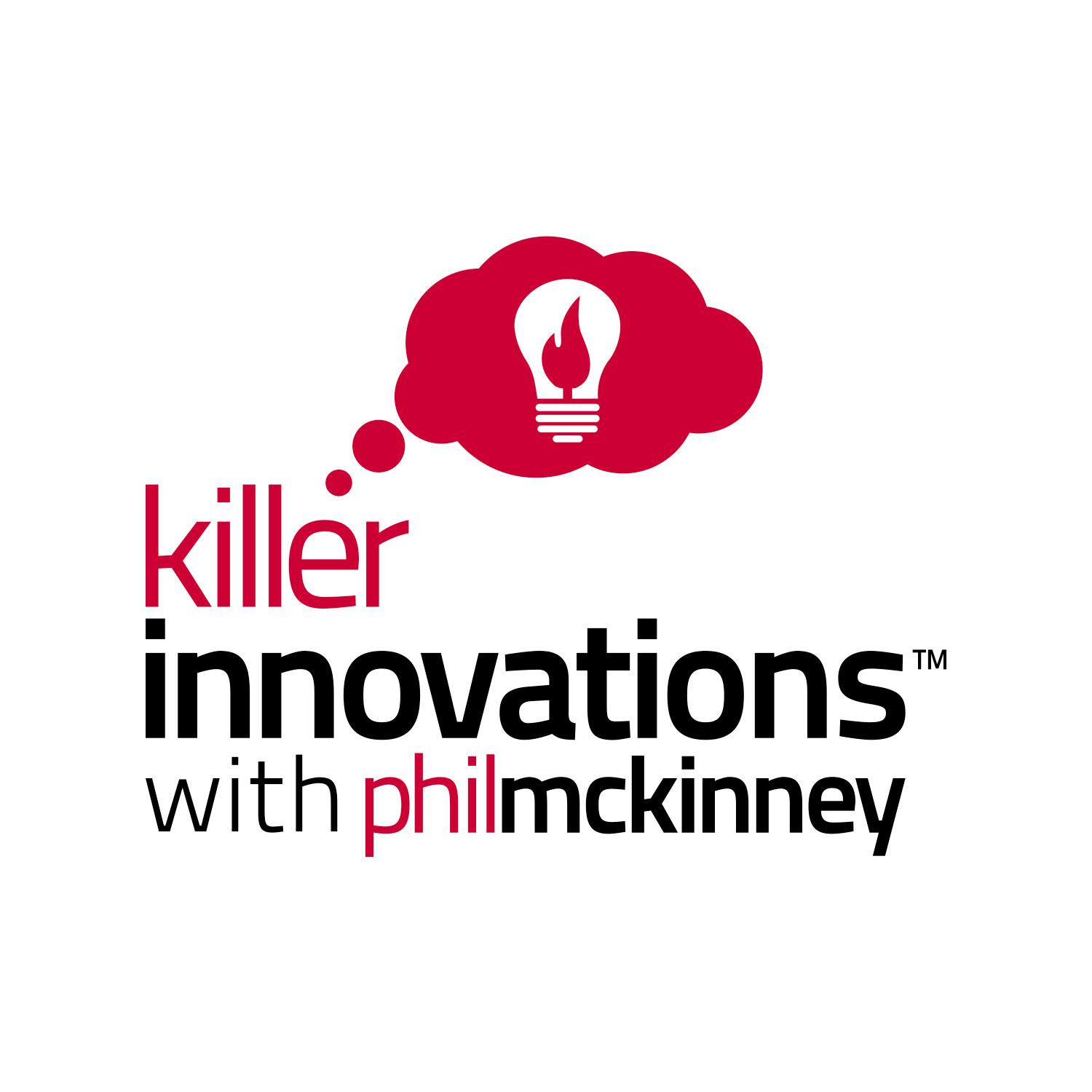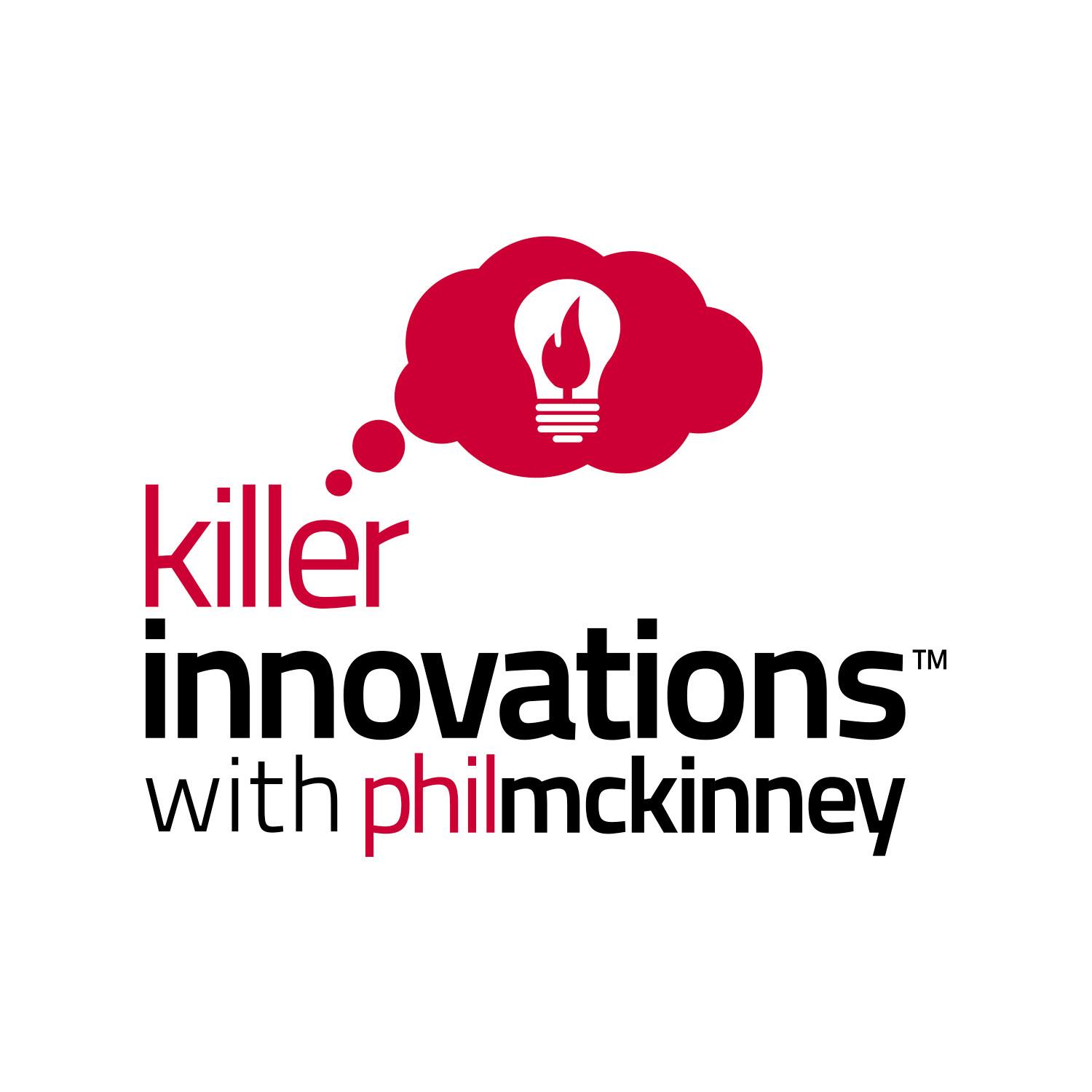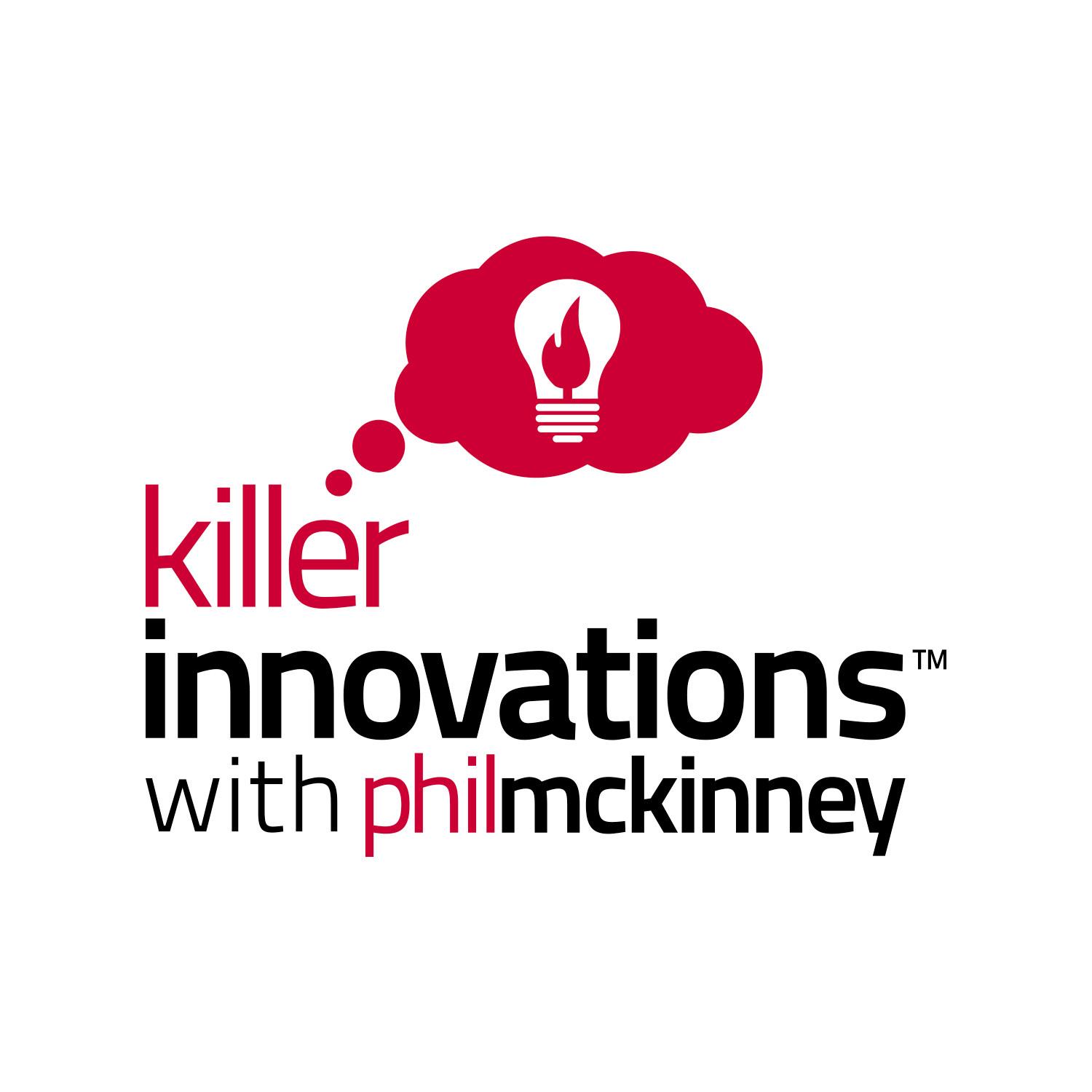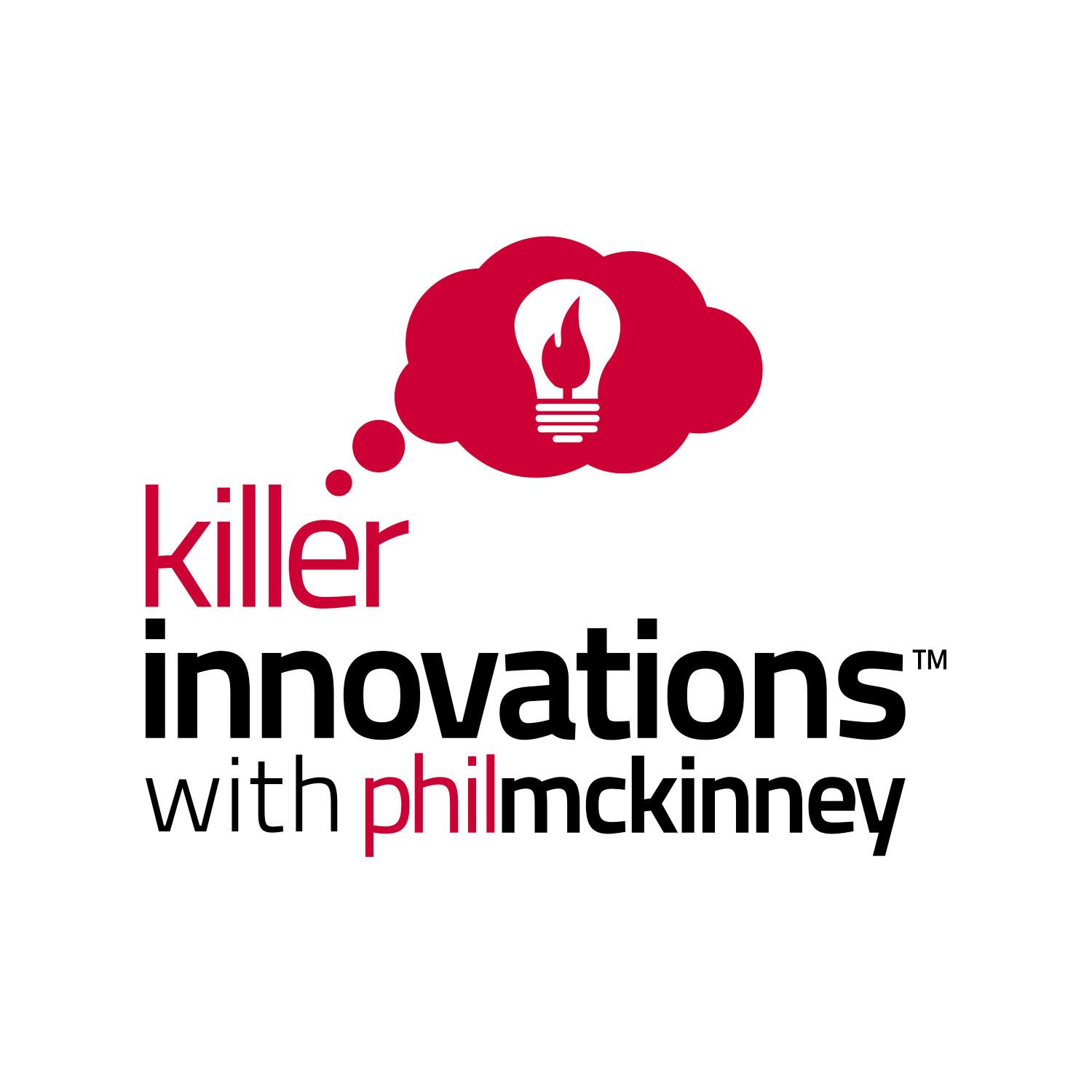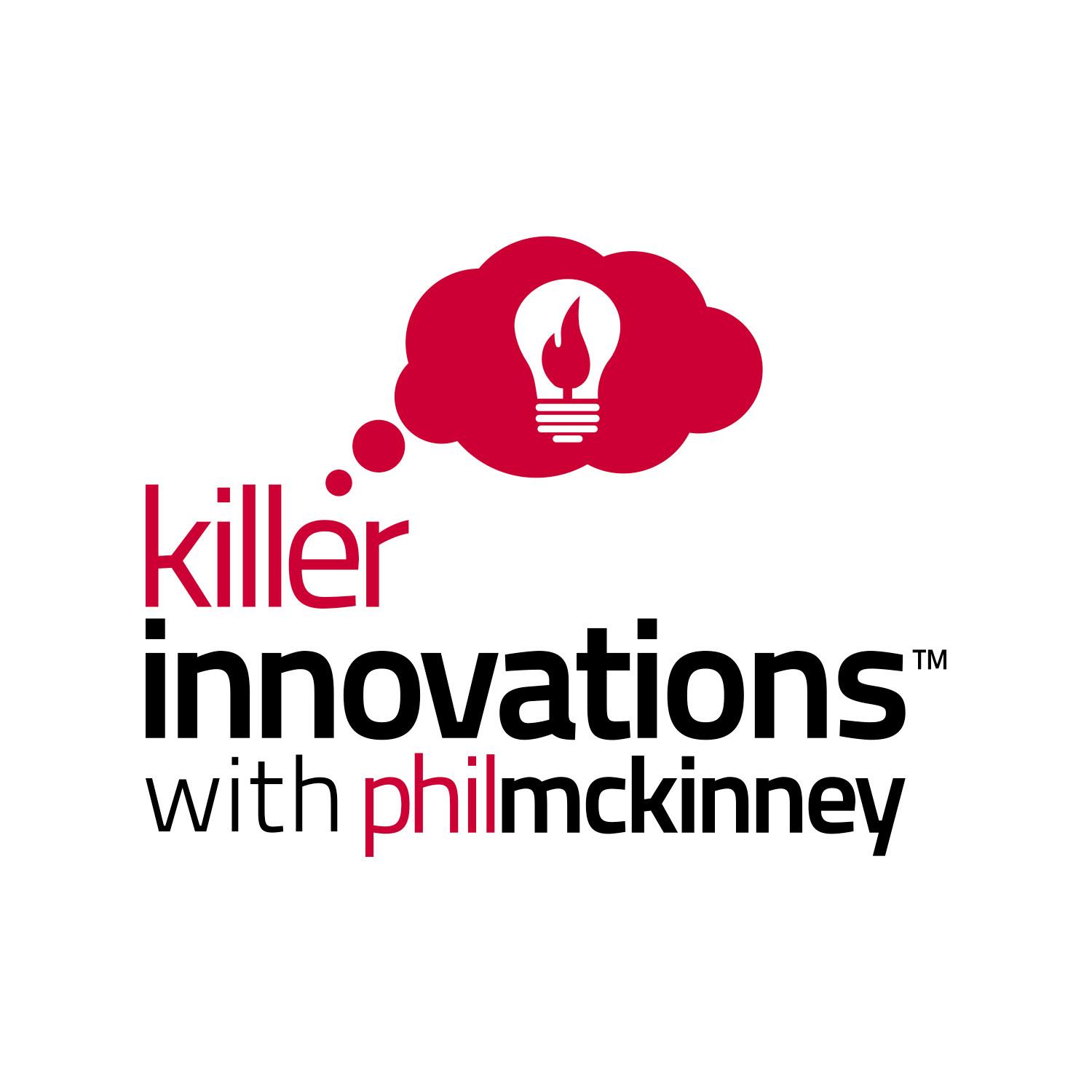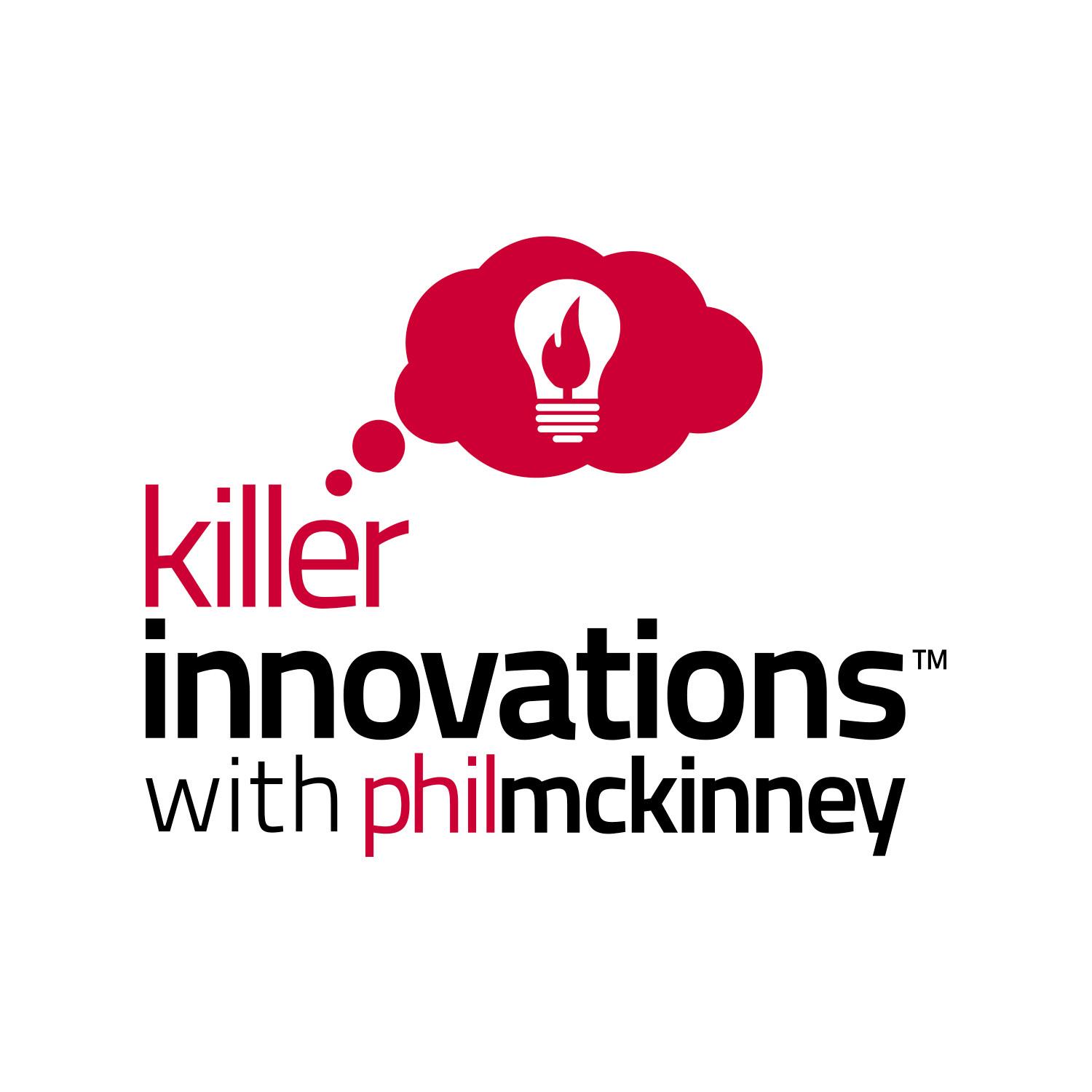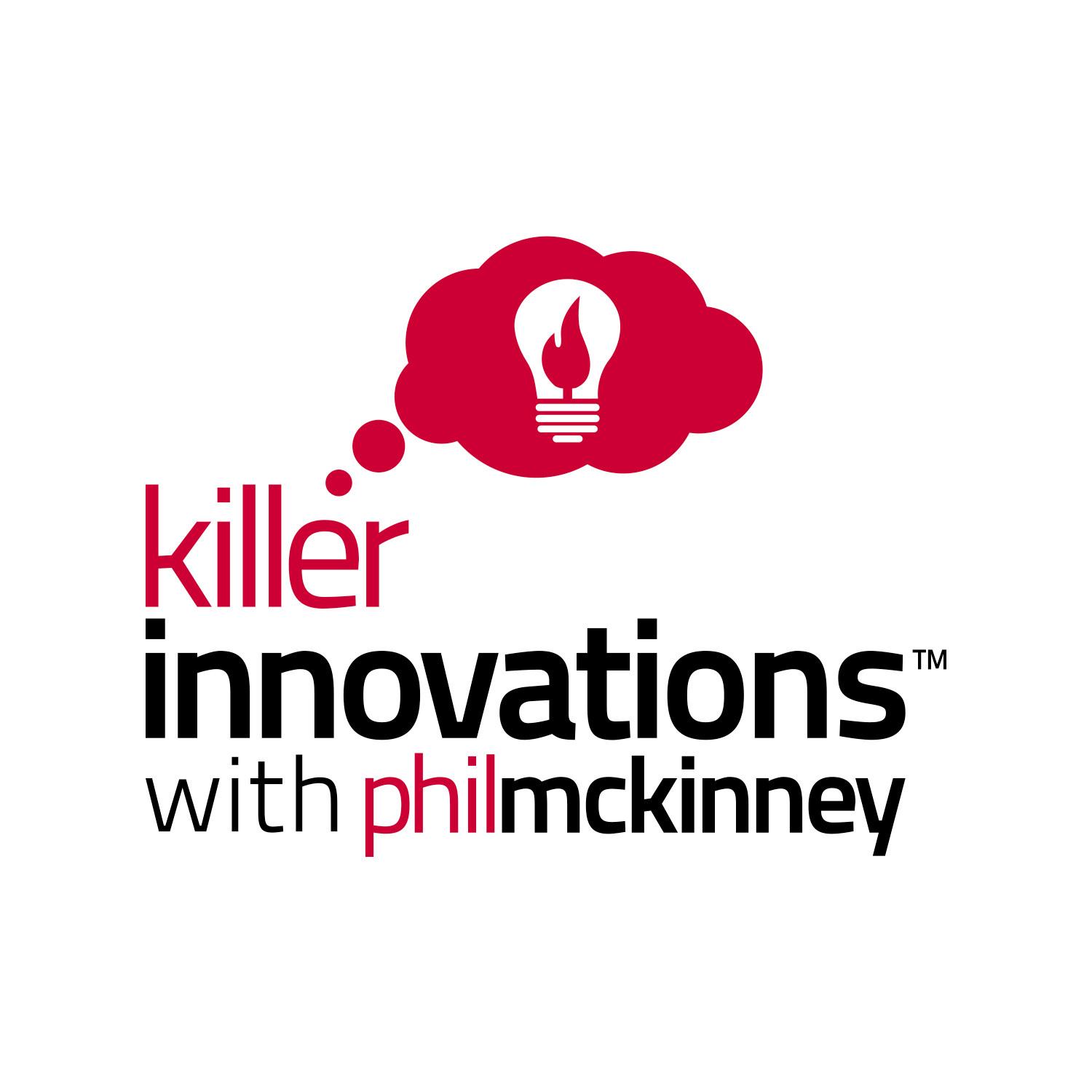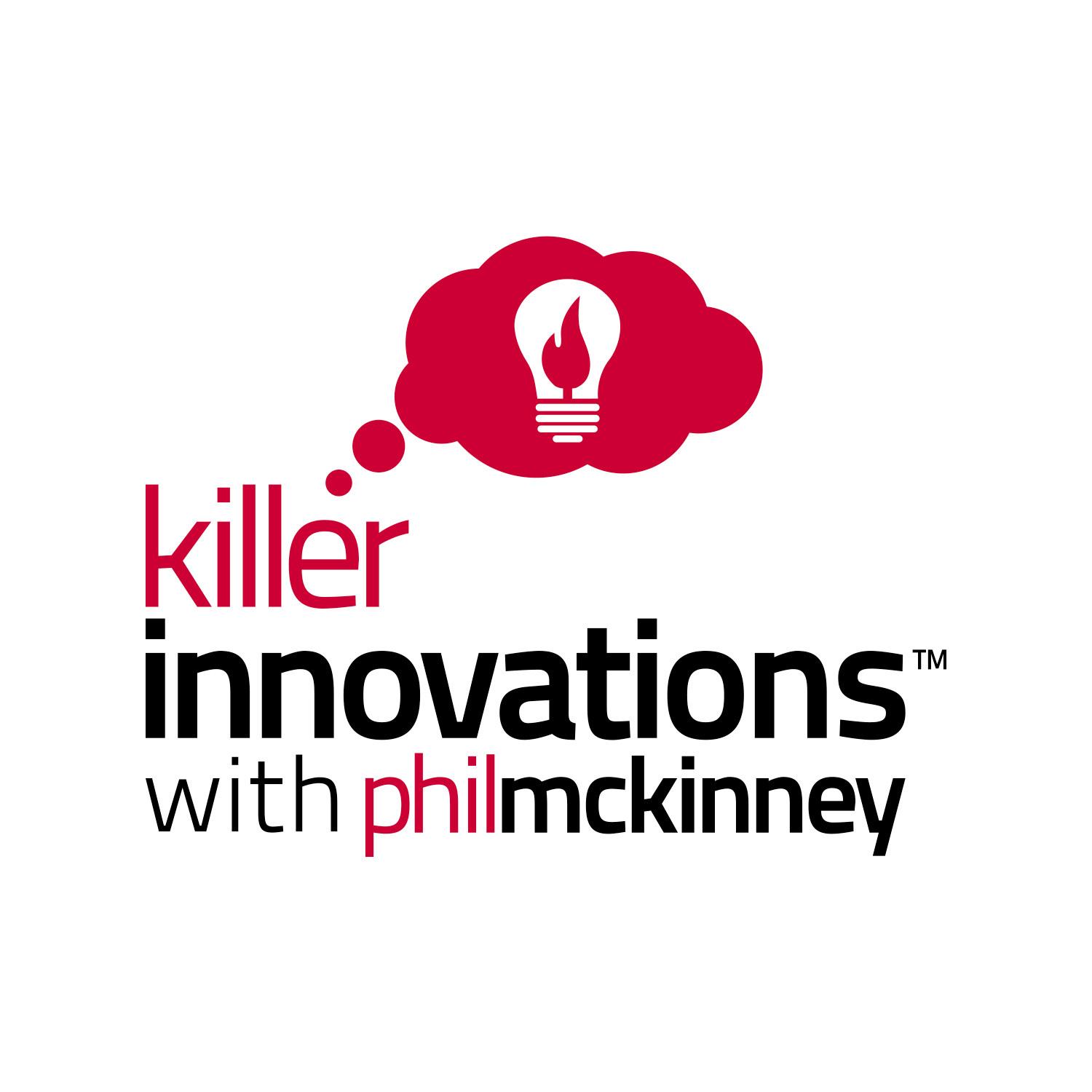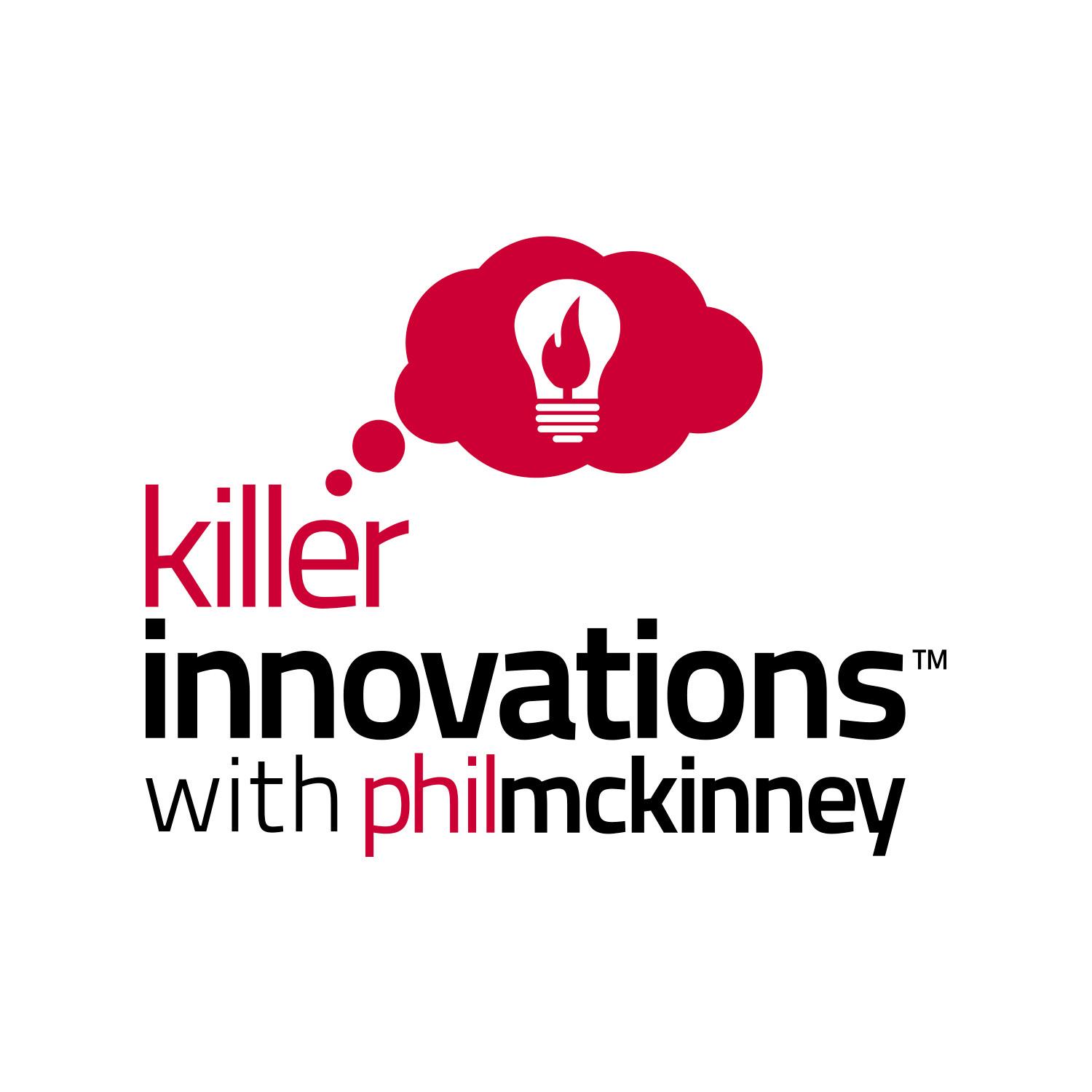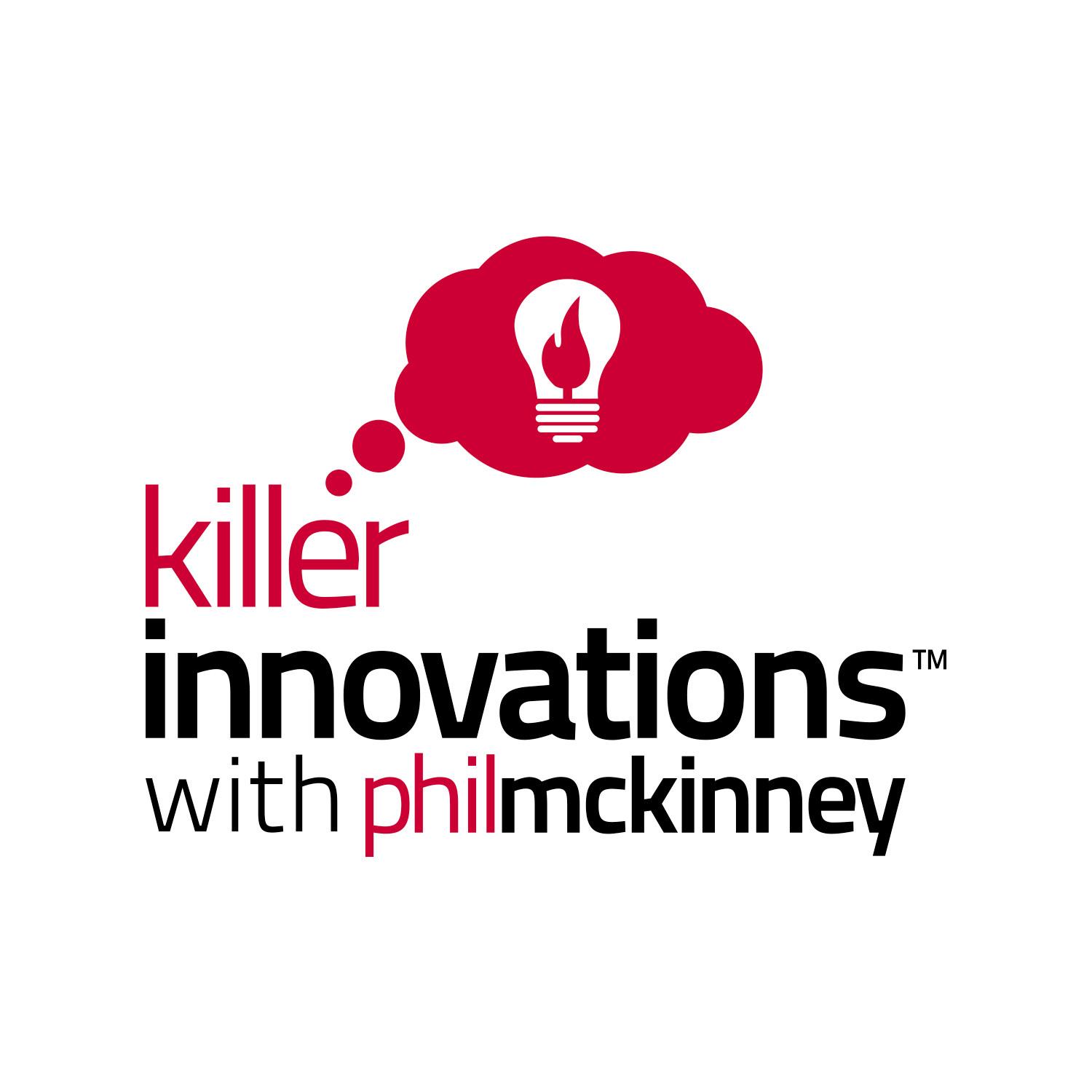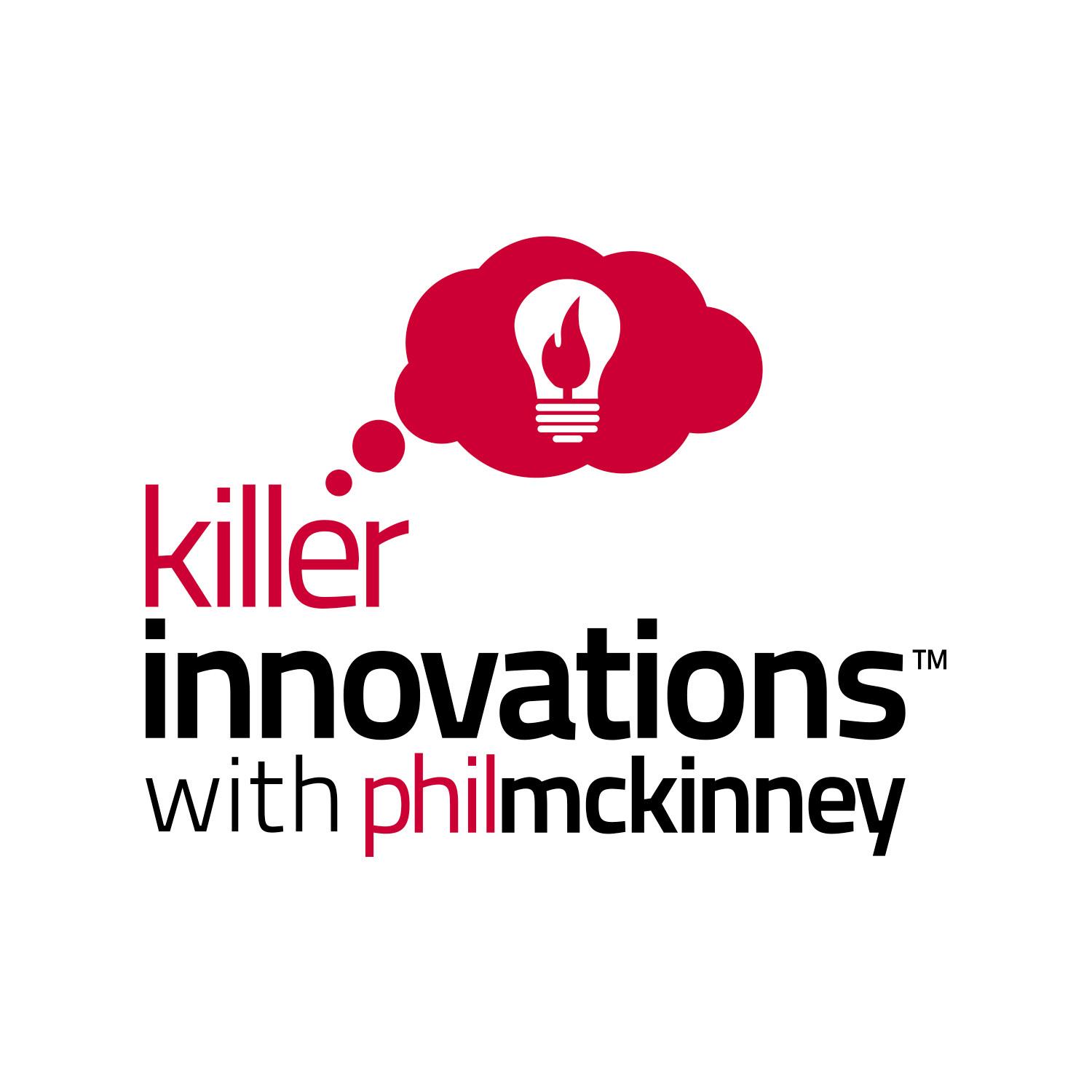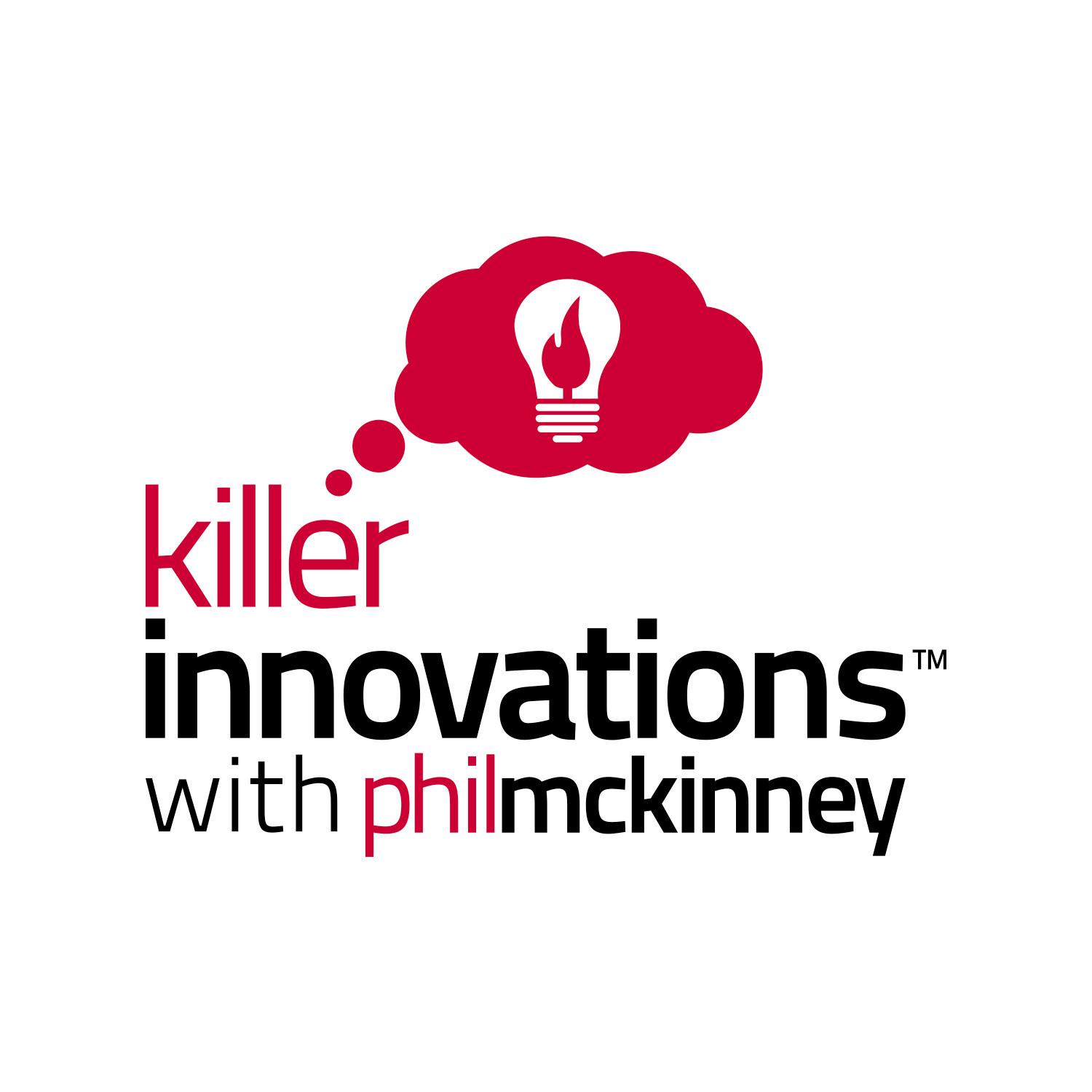Innovation Partnership Autopsy: HP, Fossil, and the Smartwatch Market
Description
Innovation partnerships can create breakthrough markets—or hand them to competitors through terrible decisions. I know because I lived through both outcomes.
Bill Geiser from Fossil and I had it exactly right. We built the MetaWatch—a smartwatch with week-long battery life, Bluetooth connectivity, and every feature that would later make the Apple Watch successful. We had HP's massive retail reach, Fossil's manufacturing scale, and the technical vision to create an entirely new market.
But our organizations couldn't execute on what we knew was right. Leadership chaos at HP and innovation paralysis at Fossil killed a partnership that should have dominated the smartwatch market—handing Apple a $50 billion opportunity. I've shared the complete behind-the-scenes story of the people, strategies, and decisions that killed our partnership in my Studio Notes post "How HP and Fossil Handed Apple the Smartwatch Market."
Today I'm applying the DECIDE framework to our partnership failure. If you haven't seen my DECIDE framework yet, grab the free PDF—it's the innovation decision tool I've developed over 30 years of making high-stakes choices. Because here's what this partnership taught me: having the right vision means nothing without the right decision framework.
What Makes Innovation Partnerships Different?
Let me start by explaining why the HP-Fossil partnership should have worked. This wasn't just another business deal—it was the perfect storm of complementary capabilities.
Bill Geiser, Fossil's VP of Watch Technology, had been working on smartwatches since 2004. The man was practically clairvoyant. In 2011, he told me, "Phil, I wouldn't be shocked if Apple evolved the Nano to take advantage of this space. They'll legitimize it in consumers' minds worldwide."
Bill understood something most people missed: Apple didn't need to be first to market—they needed to be first to create a platform.
Meanwhile, I was developing HP's connected device strategy. We had the technology foundation, unmatched retail distribution—about 10% of consumer electronics shelf space—and the same retail muscle that helped launch the original iPod.
Together, Bill and I had solved the hard problems. We had the vision, the technology, and the market insight. But we couldn't overcome the organizational machinery that prioritizes short-term comfort over long-term position.
Innovation partnerships aren't just about having the right technology or market vision. They're about having the right decision framework when uncertainty meets organizational reality.
The Three Partnership Decision Traps
Before I show you how DECIDE could have saved our partnership, let me show you the three traps that derail even the smartest collaboration. Bill and I understood what needed to happen, but our organizations fell into every one of these traps.
Trap #1: Innovation Type Mismatch
This is when you apply the wrong decision framework because you've misidentified what type of innovation you're actually pursuing. It's the most common partnership killer because different innovation types require completely different approaches to risk, timing, and success metrics.
In our case, Bill and I understood that smartwatches represented a platform opportunity—a new ecosystem that would change how people interact with technology. But our organizations treated it as a product extension that wouldn't threaten their existing businesses.
HP's leadership viewed MetaWatch as another device in their portfolio, rather than as the foundation of a connected ecosystem spanning tablets, phones, and laptops. Fossil's leadership saw it as a "development platform" priced at $200—innovation theater that wouldn't cannibalize their traditional watch sales.
Here's the partnership recognition question: Have you correctly identified what type of innovation you're pursuing together? Because applying incremental decision frameworks to breakthrough opportunities, or product frameworks to platform opportunities, kills partnerships before they can succeed.
Trap #2: Safe Innovation Theater
This combines revenue protection with organizational risk aversion. Both companies wanted to appear innovative without actually risking their core businesses. HP didn't want to cannibalize enterprise focus. Fossil didn't want to threaten traditional watch revenues.
So instead of going all-in on market creation, both organizations positioned MetaWatch as a "safe" innovation—a development platform for engineers, not a consumer product that could disrupt markets.
Bill faced an impossible organizational reality: Fossil's watch sales had tripled to $3.25 billion during the smartphone era. How do you convince leadership to risk that success for an uncertain new category?
The partnership recognition question: Are you innovating to create markets, or are you innovating to appear innovative while protecting existing revenue?
Trap #3: Governance Complexity Paralysis
Bill and I found ourselves fighting the same battle on different fronts: convincing leadership that wearables represented a platform shift, not just a product extension. But even when we had the right vision, we couldn't execute at market speed.
Multiple stakeholders created governance complexity without clear decision authority. We'd have month-long approval cycles for changes that startups could implement in days. I remember one meeting where we spent 45 minutes debating some minor specification while Apple was probably finalizing their entire ecosystem strategy.
The fatal blow came from HP's leadership chaos. We cycled through three CEOs in 13 months, each with completely different visions. When Leo Apotheker arrived, he immediately decided HP should become an enterprise software company, not compete in consumer platforms.
Our partnership needed startup decision velocity, but we were trapped at committee speed across two large organizations with conflicting priorities.
Partnership recognition question: Can you move at market speed together, or are you trapped at the slowest organization's committee speed? Because innovation partnerships under uncertainty require aligned decision velocity.
Applying DECIDE to the HP-Fossil Partnership
Now let me show you how the DECIDE framework—which you can download free at philmckinney.substack.com—could have saved our partnership. This isn't theoretical. These are the specific decisions Bill and I needed our organizations to make differently.
D - Define the Real Partnership Decision
Our first mistake was never clearly defining what we were actually deciding as partners. HP saw it as extending our mobile ecosystem. Fossil saw it as diversifying its product line. I saw it as platform creation. Bill saw it as market preparation for the inevitable.
But we never aligned on the fundamental question: Were we creating a new product category together, or were we each using the partnership to serve our existing strategies?
The DECIDE framework forces this clarity upfront. What decision are both partners actually making? Until you have alignment on the decision itself, you can't make it well together.
What we should have defined: "We are deciding to jointly create and dominate the smartwatch platform category before Apple legitimizes i Smartwatch Market."
E - Examine Market Creation Potential Together
Traditional partnership evaluations focus on combining existing capabilities. Innovation partnerships need to evaluate market creation potential.
Bill understood this completely. He predicted exactly what Apple would do. But neither organization had a framework for evaluating market creation partnerships versus product extension partnerships.
For market creation partnerships, you can't study competitors or analyze customer segments that don't exist yet. You need different evaluation criteria focused on timing, platform potential, a

